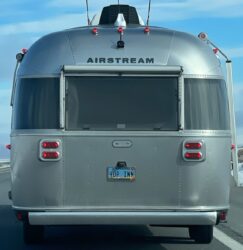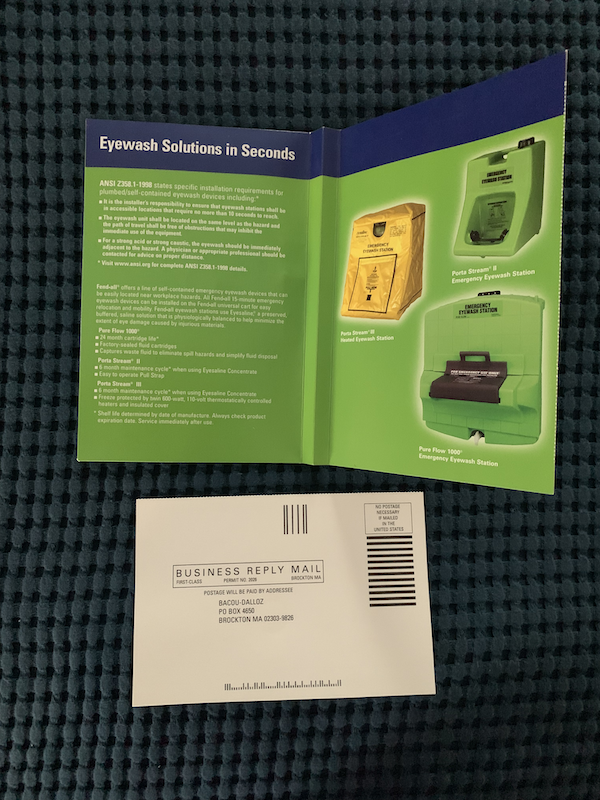Reblogged from Andrew Rabbitt @ DNSimple
So you’ve decided to build your own website and are wondering which of the 286+ top level domains [TLDs] you should use. With so many options at your fingertips, the task of selecting one may seem daunting. You’ve been online and know that .COM, .NET, and .ORG are very popular. You’ve seen .EDU, and sometimes .BIZ and .INFO – but which TLD is right for your website?
Let’s talk about popular, new, special, and not-so-savory TLDs and how to choose your own.
.COM, .NET, and .ORG
.COM was one of the first top level domains implemented back in January 1985. It’s original intention was for commercial entities, but today almost anyone can register a .COM domain. .COM is so ubiquitous that many people assume a website should end with .COM, and it’s typically the first TLD searched when registering a new TLD.
.COM made up 139 million of the 348.7 million domain registrations as of the fourth quarter of 2018 see report, and is by far the most popular TLD with almost 40% of the total domain market. The next leading registered domain for the same quarter was the country code TLD .CN (China) with 22.7 million registrations.
.NET is another TLD implemented back in January 1985. It was intended for internet companies. There are no restrictions on this domain, and it’s now a general purpose domain with a respectable 13.5 million registrations. Like .COM, anyone can register a .NET domain.
.ORG rounds out the initially available TLDs from January 1985. Of the big three, .ORG is the smallest with just over 10 million registrations. This TLD was intended for organizations and nonprofits, but – like .COM and .NET – has no restrictions. Anyone can register a .ORG domain.
Note: I excluded .GOV, .MIL, and .ARPA from this post, as they’re not available to the general public. However, these three were also part of the January 1985 TLD release.
You may gravitate to these, because they’re the oldest TLDs on the internet. But you have other options, some more popular than .NET and .ORG, others more exclusive. It’s 2019, and you can be successful with any TLD.
Other Popular TLDs
The next group of popular TLDs are country code TLDs – ccTLDs. The Internet Assigned Numbers Authority (IANA) has assigned a trustee for each ccTLD. That trustee is responsible for the policies and operation of the domain. Some ccTLDs have restrictions you should be aware of prior to registration. Examples of these restrictions include, but are not limited to:
- Residency requirements for .EU domains
- Can’t use names of cities in France in .FR domains
- Must be a resident or have a company based in Japan for .JP domains
Some ccTLDs have gained support outside of the residents of their specific country. The .IO (British Indian Ocean Territory) domain, for example, is heavily used by tech innovators and startups. This ccTDLD offers a tech savvy, two character TLD that means something to many programming communities – I/O: Input/Output. Another ccTLD that’s open to everyone is the .ME (Montenegro) domain, which is typically used for personal pages.
Some popular generic top level domains, gTLDs, are targeted at specific groups of users:
- .APP for applications
- .DEV for developers
- .BANK for financial institutions1
- .INSURANCE for insurance companies1
- .BLOG for blog sites
- .PAGE for personal and informational pages
- .INFO for informational pages
- .PIZZA for pizza joints
- .WORKS for our amazing comics howhttps.works and howhttp.works
- .XYZ for everyone
Unpopular TLDs
While I would never tell anyone which TLDs to avoid, the below TLDs have been associated with SPAM and other shady dealings. According to Symantec, these domains are suspicious due to their use by hackers and scammers. While I won’t say you should avoid them, I will say you should do some research into them before committing.
- .COUNTRY
- .STREAM
- .DOWNLOAD
- .XIN
- .GDN
Conclusion
At the end of the day the choice is yours. Some TLDs, like many ccTLDs, .BANK and .INSURANCE have restrictions. Unless you meet the requirements, it’s best to stick to more easily acquired TLDs.
Whether it’s a .IO, .APP, or .PAGE, DNSimple can help you buy your domain, connect it to your content, and operate it through records management. With over 286 domains to choose from, the opportunities are almost limitless. Visit DNSimple’s List of TLDS today to register your domain.
- Both the .BANK and .INSURANCE domains have special requirements. Information on these regulated TLDs can be found at fTLD Registry Services Inc. ↩ ↩2





















